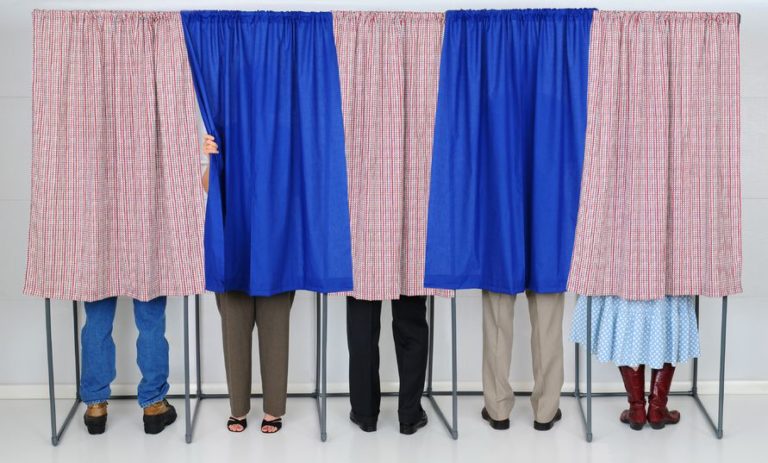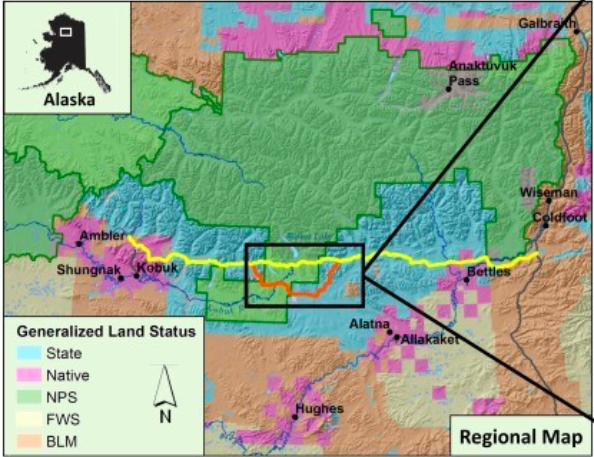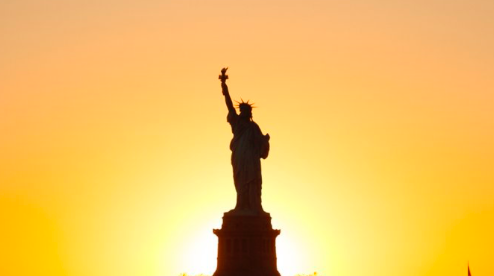Alaskans for Better Elections, which was denied its ballot initiative because it was found to be illegal, filed an immediate lawsuit in Superior Court to appeal the decision of the lieutenant governor.
From the looks of it, the Better Elections group has the advantage in court; it’s getting friendly treatment from a liberal judge.
Judge Yvonne Lamoureaux, who was appointed by Gov. Bill Walker, has ordered the State to begin printing petition booklets so the Better Elections group can continue progress toward its attempt at overhauling the Alaska election system.
Jason Grenn of West Anchorage, who is the front man for the national groups behind the ballot initiative, issued a press release saying the group believes its initiative is lawful.
“We strongly disagree with the opinion of Attorney General Clarkson, and we are confident that we can resolve this issue quickly,” Grenn said. “Ultimately, we’re fighting for Alaskan voters to have the right to decide whether or not they favor the improvements made to our elections through this initiative.”
The improvements he references have to do with open primaries, which would rob political parties from being able to control their own primaries; ranked voting, which would allow people to vote for a first, second, and third choice; the initiative would also ban Outside money in campaigns.
Unless there’s a legal intervention by some unknown entity, the State of Alaska will print petition booklets and allow signature gathering during the litigation. The state and Grenn’s group have also agreed to an expedited litigation schedule, including a court hearing on Sept. 30 and oral arguments on Nov. 1 in Anchorage Superior Court.
No group has come forward to fight the ballot initiative, which is a creature of liberal Outside groups that are trying to change Alaska from a red to a blue state. They’ll be paying for signature gatherers to get the 28,000+ signatures they need to get onto the 2020 ballot.
At issue is whether the ballot initiative violates the single-subject rule. The initiative was written by former Attorney General Bruce Botelho with the help of former Gov. Bill Walker’s Chief of Staff Scott Kendall. They say it’s perfectly legal.
Alaskans for Better Elections is underwritten and advised by Outside special interest groups, including Represent.Us, of Massachusetts; Voters’ Right to Know, of California; and Fair Vote Action Fund, of Maryland.
According to Grenn, “The initiative would put an end to secret “dark money”—much of which comes from outside Alaska—that anonymous, big-money spenders use to influence our elections. It would also open Alaska’s primary elections to all Alaskans, regardless of political party, and ensure majority winner elections. The measure gives voters the option to rank candidates in general elections, or, if they choose, voters can vote for just one candidate as they do now.
The speed at which Judge Lamoureaux made her decision and the decision itself bodes well for the Better Elections group, which may rightfully see it as an outcome that portends a speedy reversal of the decision by Lt. Gov. Kevin Meyer.








